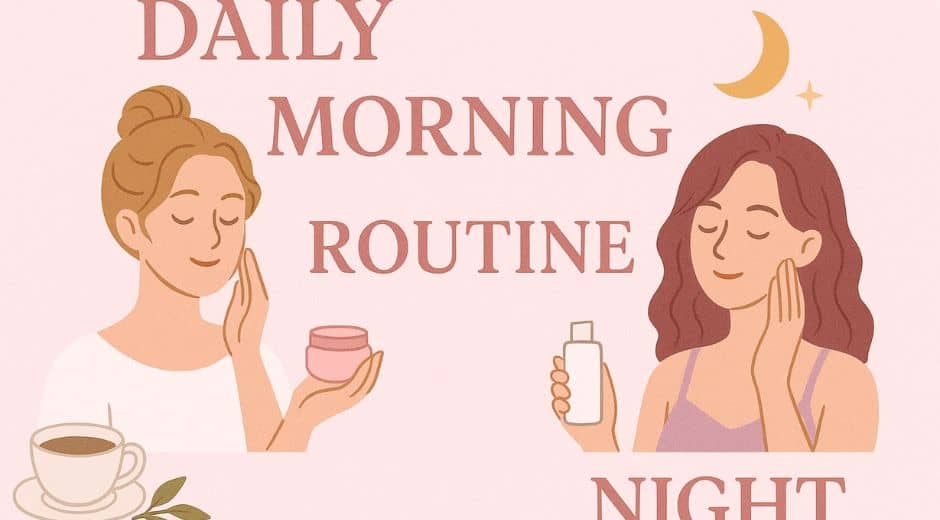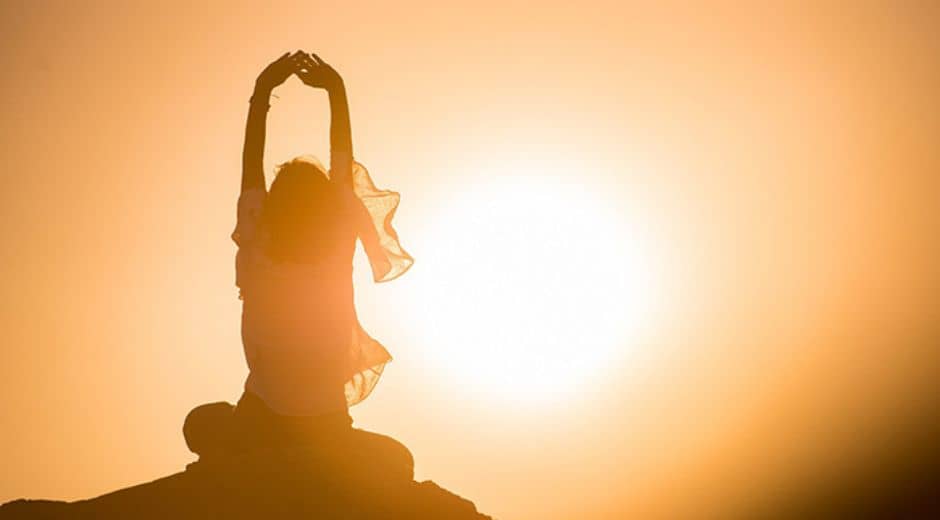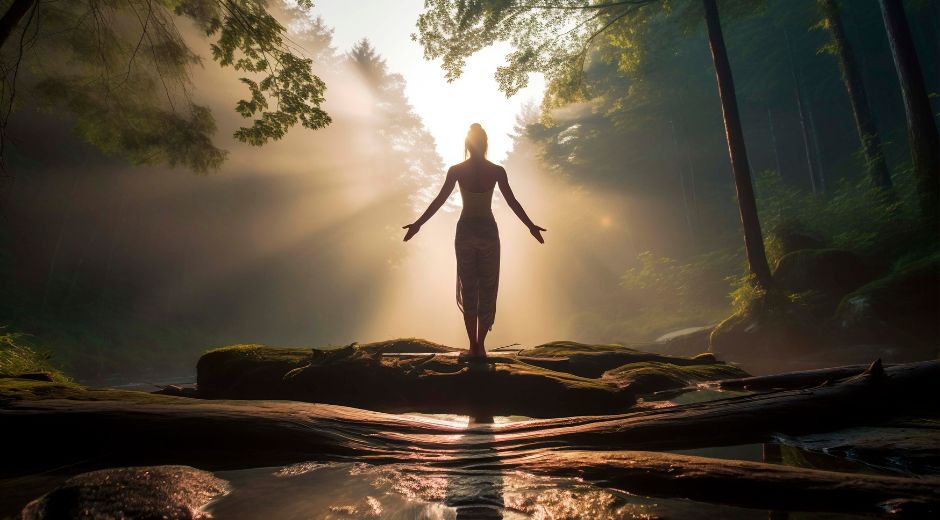Finding Balance in Everyday Life: Wellness Equation
In our fast-paced world, the idea of balance feels like both a luxury and a necessity. Between work, relationships, and personal goals, maintaining stability often feels impossible. Yet, true wellness doesn’t come from doing everything — it comes from aligning what matters most.
Finding it is about small adjustments, not perfection. It’s the harmony between activity and rest, ambition and calm, giving and receiving. It’s about listening to your body, respecting your emotions, and understanding when to move and when to pause.
Modern wellness is no longer about chasing an ideal lifestyle, but about creating your own version of equilibrium.
What Balance Really Means in Wellness
When we talk about balance, we’re not describing an exact formula, but a personal rhythm. It’s the ability to adapt — to shift between intensity and ease without losing your sense of center.
Every person looks different. For some, it’s daily meditation and gentle movement. For others, it’s social connection and creativity. What matters is that your choices support both your energy and your peace.
According to Harvard Health Publishing, a balanced lifestyle significantly reduces stress levels and strengthens emotional resilience. It helps regulate hormones, improves sleep, and encourages a more mindful connection with the present moment.
Balance isn’t about restriction; it’s about awareness. When you know what drains you and what fills you, you begin to make better decisions.
The Signs You’re Out of Balance
You can often feel imbalance before you can define it. It appears as fatigue, mood swings, or a constant sense of pressure. You might wake up tired, feel disconnected from your goals, or find it hard to relax even when you stop working.
These are signals that something inside needs realignment. When your physical and emotional states fall out of sync, your system compensates — sometimes through stress, irritability, or burnout. Recognizing those early signs is the first step toward recovery.
Ask yourself: When was the last time you truly rested without guilt? That question alone reveals much about you.
How to Restore Balance
Restoring it begins with small, deliberate acts of care. You don’t need a dramatic reset; you need consistency. Try weaving these practices into your daily rhythm:
Simplify your priorities. Focus on three meaningful goals each day. Too many tasks create tension rather than productivity.
Set digital boundaries. Allocate tech-free moments — especially before bed or during meals. Constant connection disrupts your inner calm.
Move with awareness. Physical activity doesn’t have to mean intense workouts. Stretching, walking, or yoga can restore physical flow.
Eat intuitively. Instead of strict diets, listen to your hunger cues. Nourishment is part of emotional regulation.
Sleep consistently. Your body repairs and balances itself during rest. Protect your sleep as you would any other wellness ritual.
When practiced regularly, these habits anchor your day, helping you return to your center even amid chaos.
The Emotional Component of Balance
Isn’t only physical — it’s emotional. Mental clutter can be just as draining as physical exhaustion. Learning to regulate emotions is one of the most powerful wellness tools.
Journaling, deep breathing, or mindful reflection help create distance between emotion and reaction. This awareness allows space to respond thoughtfully rather than impulsively.
The more you practice, the less you’re controlled by stress. You begin to live with intention, not reactivity.
Research by the National Institutes of Health shows that emotional regulation strengthens neural pathways responsible for resilience and optimism. In short, the calmer your mind, the stronger your body becomes.
The Role of Environment in Balance
Where you live, work, and rest influences how balanced you feel. A cluttered room can create mental noise, while natural light and clean air promote ease.
Try cultivating an environment that reflects your desired state. Add plants, soft textures, and gentle scents. Create quiet corners for reading, reflection, or tea. Even small environmental shifts can help your body relax and your thoughts slow down.
This is where mindfulness merges with design — your surroundings become part of your self-care.
For design and wellness tips that improve your environment, explore Mindful.org, which offers practical ways to align your space with your emotional needs.
(You can also discover curated wellness routines and design inspirations StudySkillUp to create calm at home.)
Integrating Balance into Modern Life
The challenge isn’t finding time for balance — it’s choosing it intentionally. You can’t wait for the world to slow down; you must create stillness within it.
Start small: pause before replying to a stressful message, take five mindful breaths between meetings, or enjoy lunch without multitasking. These micro-moments of presence accumulate into a more centered life.
Think of balance as a daily reset button. Each morning and evening, check in with yourself: What needs more attention today? What can wait?
The Social Dimension of Balance
Human connection is another key to wellness. Isolating yourself might seem peaceful, but long-term solitude often leads to imbalance.
Spend time with people who energize you — not drain you. Genuine connection fuels emotional health and provides perspective. When relationships feel mutual and kind, they create emotional symmetry that enhances your sense of balance.
Conversely, learn to recognize when boundaries are necessary. Protecting your peace is as valuable as sharing your time.
BeautyUpNest Insight: Wellness as a Lifestyle
At BeautyUpNest, we view wellness as a form of artistry — a blend of intention, energy, and reflection. Balance is not a static state but an evolving rhythm that grows with you.
Our wellness philosophy emphasizes daily rituals that ground and uplift. From mindful mornings to nourishing skincare, every act of self-care is an expression of harmony.
Explore more articles and lifestyle inspiration at BeautyUpNest.com, where wellness meets modern living.
Final Reflection
Finding balance is an ongoing journey. It’s not about having it all under control, but about knowing when to adjust, when to let go, and when to rest.
When your mind is calm and your body feels aligned, everything else starts to flow. You make clearer choices, nurture deeper relationships, and rediscover joy in ordinary moments.
Balance isn’t a destination; it’s the gentle rhythm that keeps life steady — a dance between effort and ease, between doing and simply being.
In that rhythm, true wellness unfolds.
Beauty Defines You

Skin Renewal Guide: How to Rebuild Your Glow from Within
Discover how to achieve deep skin renewal through science-backed care, mindful routines, and nourishment that helps your natural glow resurface beautifully.

Beauty of Tomorrow: How Sustainability Shapes Modern Trends
Explore how sustainability is redefining beauty trends through eco-conscious products, ethical innovation, and mindful consumption shaping the industry’s future.

Finding Balance in Everyday Life: Wellness Equation
Discover how finding balance in your body, mind, and routine can transform your well-being and create sustainable harmony in your daily life.

Inclusivity in Beauty: The New Modern Standard
Explore how inclusivity is transforming modern beauty trends by celebrating diversity, authentic expression, and equal representation across all skin tones and identities.













